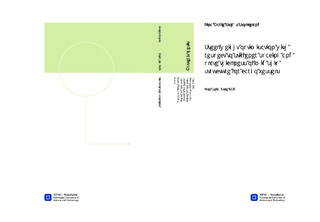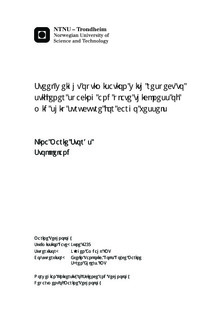| dc.description.abstract | When building a ship, the weight and cost are important factors. By reducing weight there will be more cargo capacity which ensures the income for the ship owner. On the other hand, creating light weight structure often increase the cost of building, and there may be limits for what the buyer will pay for a ship to be built. Ship design is often based on experience and adapting previous design to the project at hand. This procedure may end with both the weight and the cost of the ship becoming higher than needed.This thesis aims to create a early design tool the designers can use to find the plate thickness and distance between stiffeners which will give the lowest weight, cost or find a solution which reduces on both the former objectives. The program was done in MATLAB using a Particle Swarm Optimisation algorithm. The main problem was making the code recognise the structure of the cross section and use this information on the restrictions set by the DNV, Det Norske Veritas, rules for ship over 100 meters. Also handling and simplifying the DNV rules was a challenge. The different goals for the optimisation was handled by representing both a weight and cost functions in a weighted objective function. With the limitations set by code and rule simplification, the program was able to reduce both the weight and cost during a trial with tree object functions, one with pure cost optimisation, one with pure weight optimisation and one trial with a combination of the two. The labor cost was dominating in all the optimisations and the cost parameters should, in further work, be changed to more correct data. In all the optimisation there was a reduction in the cross section area and therefore a reduction in the weight. %The large improvement found in all the optimisations where caused by using high initial cost and weight valued in the normalisation of the object function.All in all, the program provides a spread of possible solutions the designer can work from in the early design phase. It provides a good start point for the individual project, and may help avoid making the design overly conservative when more design conditions are to be added. To improve the program, constraints regarding the build-ability can be imposed to prevent a large spread in the thickness of the plates in the cross section. Also the constraint of buckling capacity should be included to allow the designer to experiment with higher distances between the stiffeners and avoid critical stress. | nb_NO |

